0 comments
People often say “you don’t get anything clean, without getting something else dirty”. This is certainly true in the case of VOCs. VOC stands for Volatile Organic Compounds.
People often say “you don’t get anything clean, without getting something else dirty”. This is certainly true in the case of VOCs. VOC stands for Volatile Organic Compounds. These substances can be found in many synthetic cleaning products, and can have harmful health implications. The point of cleaning is to eliminate germs and protect our health. This seems pointless, however, if the cleaning products we use could potentially be dangerous too. So, how can we control VOCs? Well, the best measure we can take is to choose safe cleaning products. Nasty chemicals like VOCs could be lingering in your soaps, polishes and disinfectants. Be savvy when it comes to shopping. Don’t be fooled by buzzwords or branding. Many products will use the word “green” or “natural”, but this could be a sneaky marketing ploy. Always check the list of ingredients before purchase. As a general rule, the longer the list, the higher the risk. Now that we’ve got the basics down, let’s get scientific.
What is a VOC?
Volatile organic compounds are emitted as gases from certain solids or liquids. VOCs include a variety of chemicals, some of which may have short and long term adverse health effects. Concentrations of many VOCs are consistently higher indoors (up to ten times) than outdoors. Organic chemicals are widely used as ingredients in household products. Paints, varnishes and wax all contain organic solvents, as do many cleaning and cosmetic goods. All of these substances can release organic compounds while you are using them, and, to some degree, when they are stored. Products that may release VOCs include, but are not limited to:
- Paints, paint strippers and other solvents
- Wood preservatives
- Aerosol sprays
- Cleansers
- Disinfectants
- Moth repellents
- Air fresheners
- Stored fuels and automotive products
- Hobby supplies
- Dry-cleaned clothing
- Pesticides
- Building materials and furnishings
- Office equipment such as copiers and printers, correction fluids and carbonless copy paper
- Graphics and craft materials including glues and adhesives, permanent markers and photographic solutions.
HEALTH TIP: Never mix bleach or any-bleach-containing product with any cleaner containing ammonia. Why? Because the gases that’ll be created from this mixture can lead to chronic breathing problems.
How can VOCs impact my health?
There are many health risks that have been linked to contact with VOCs. These include:
- Eye, nose and throat irritation
- Headaches, loss of coordination and nausea
- Damage to liver, kidney and central nervous system
- Cancer in humans and animals.
Symptoms to look out for include:
- Conjunctival irritation
- Nose and throat discomfort
- Headache
- Allergic skin reaction
- Dyspnea
- Decline in serum cholinesterase levels
- Nausea
- Emesis
- Epistaxis
- Fatigue
The severity of these health implications differs. Some may experience no symptoms whatsoever. It depends on many factors including the level of exposure as well as the frequency. Those who are exposed on a regular basis are more at risk. Not much is known about the health effects of using cleaning products containing VOCs. However, the studies don’t look good, so it’s best not to take any risks if possible. Here are some ideas on how to reduce your daily exposure at home.
Add ventilation
Good old fashioned air flow can help to combat VOCs. Open your windows and doors for a while every day and let the fresh breeze permeate your home.
Avoid VOCs where possible
Eliminate them where you can. In cases where you cannot find a natural alternative, store these products separately. Ideally, keep them in your shed or garage. Ensure the area is well ventilated, or has an exhaust fan to reduce any build-up of fumes.
Buy some houseplants
One of the most effective and least expensive ways to keep your home safe is to decorate it with indoor plants. Aloe vera, spider plants, chrysanthemums, Chinese evergreens and peace lilies are great for absorbing VOCs and other toxins. They’re easy on the eyes, too.
Switch to natural products
Use eco-friendly and natural cleaning solutions where possible. For example, instead of using chemical-laced air freshener, use essential oils to eliminate household odours. For a full range of all-natural products that won’t harm your health, try Euca. Euca has been in business since the early 1900s and is a pioneer of eco-friendly and natural products that deliver. Browse our store online and start to enjoy the benefits of a safer household. Visit us at www.eucaonline.com.au for more information.













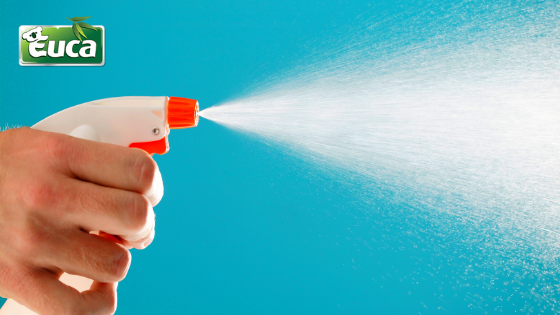


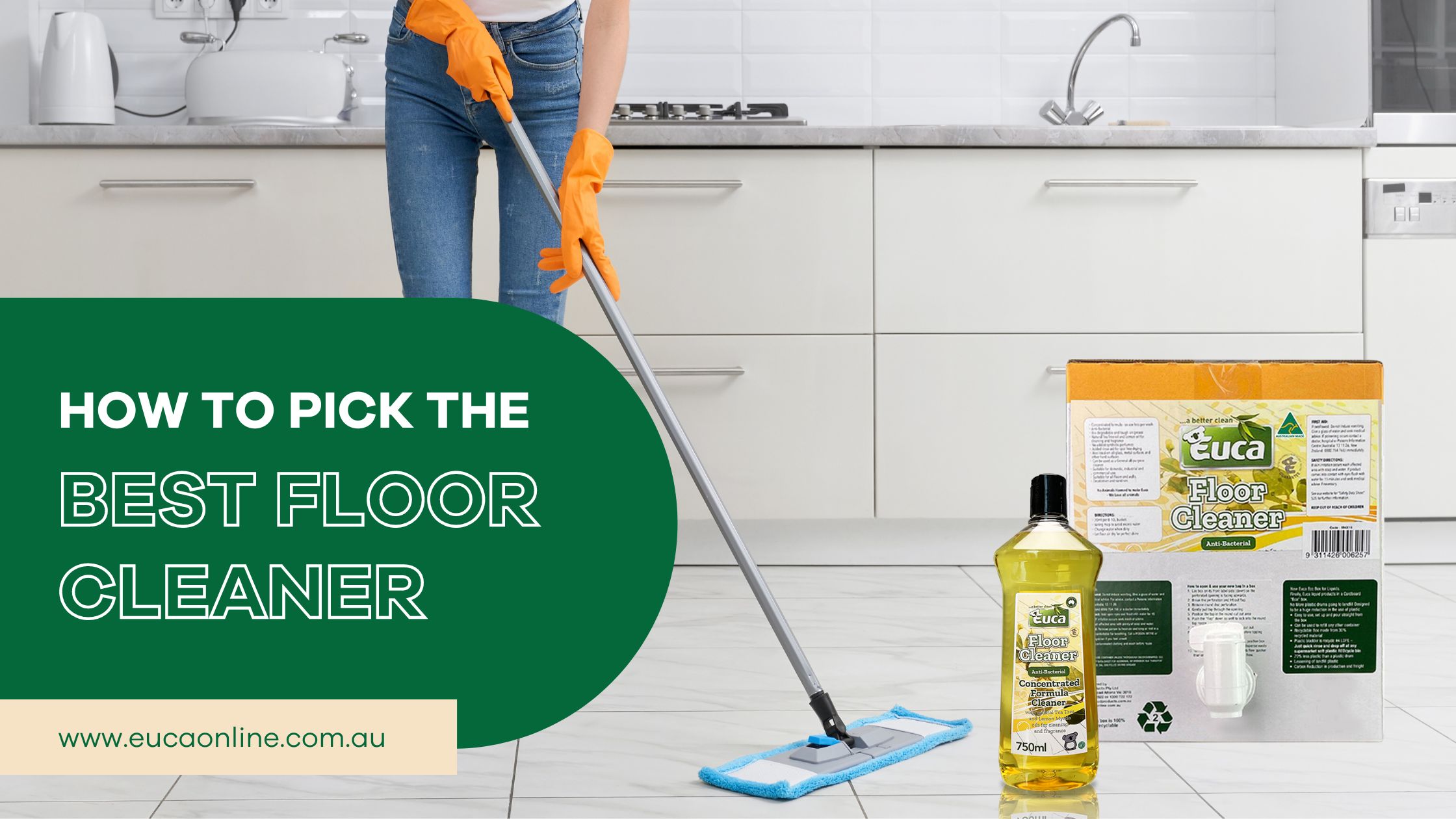
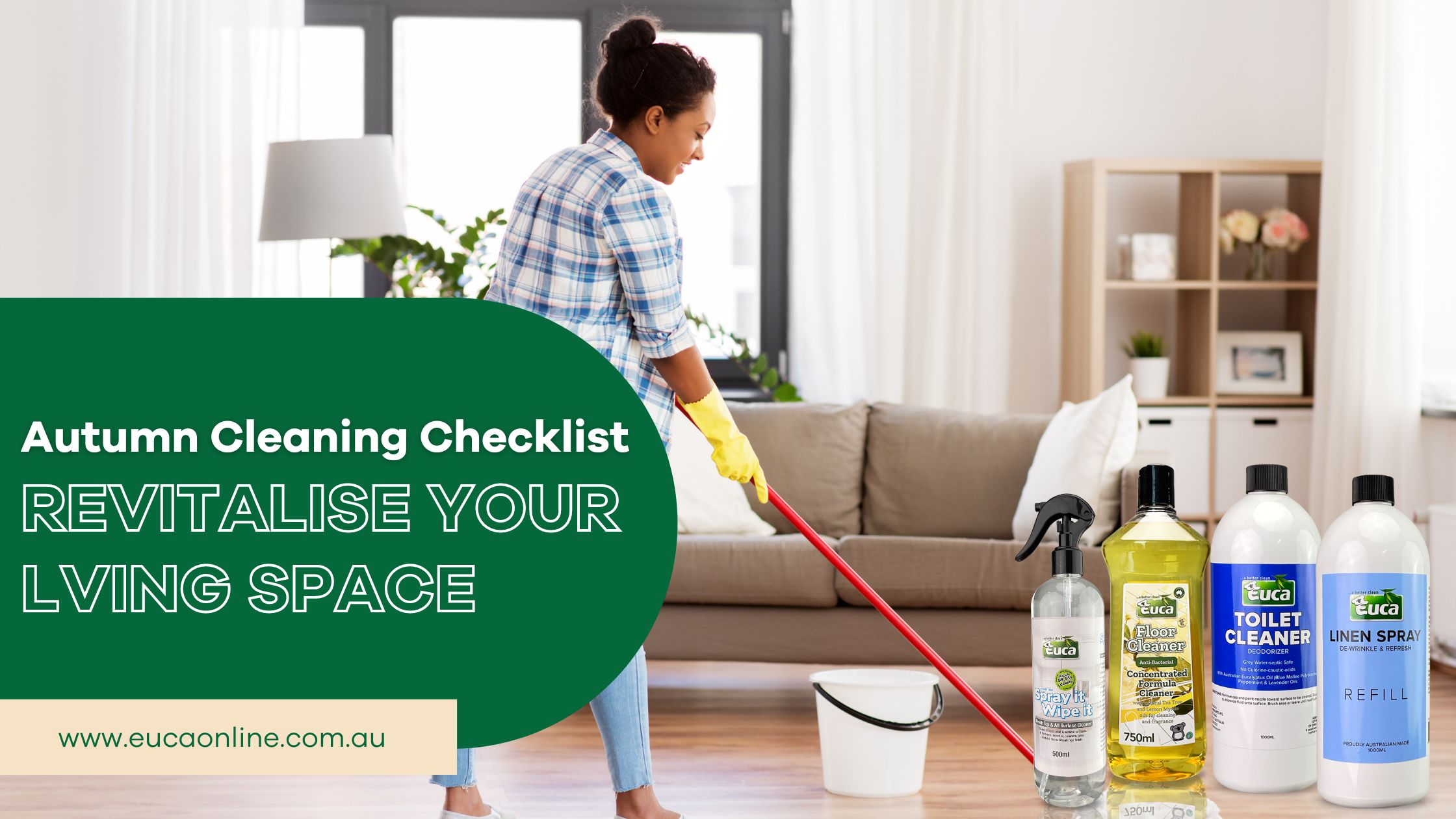

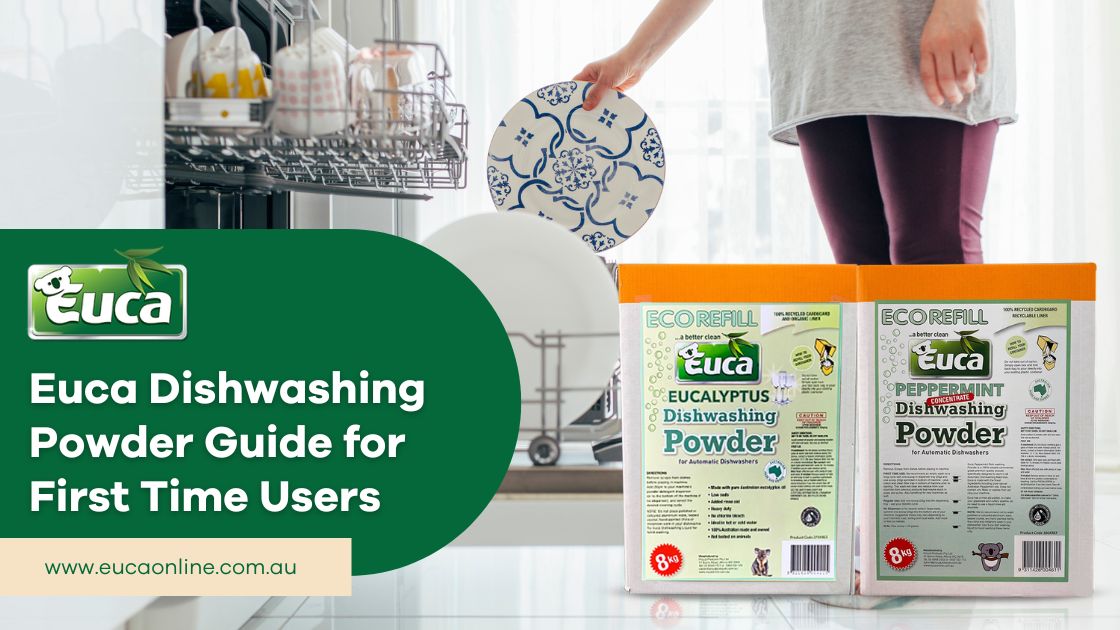
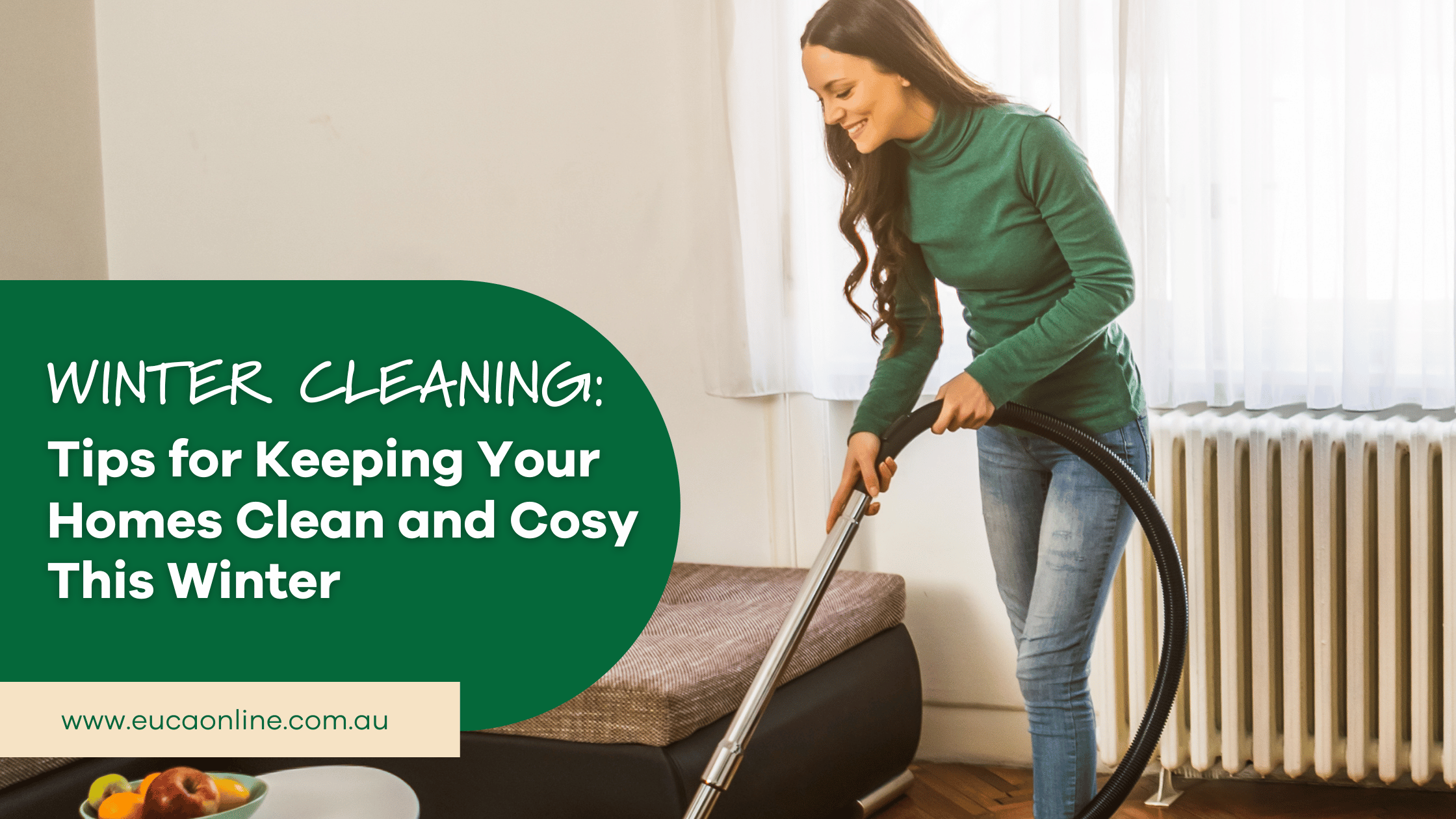















Write a comment